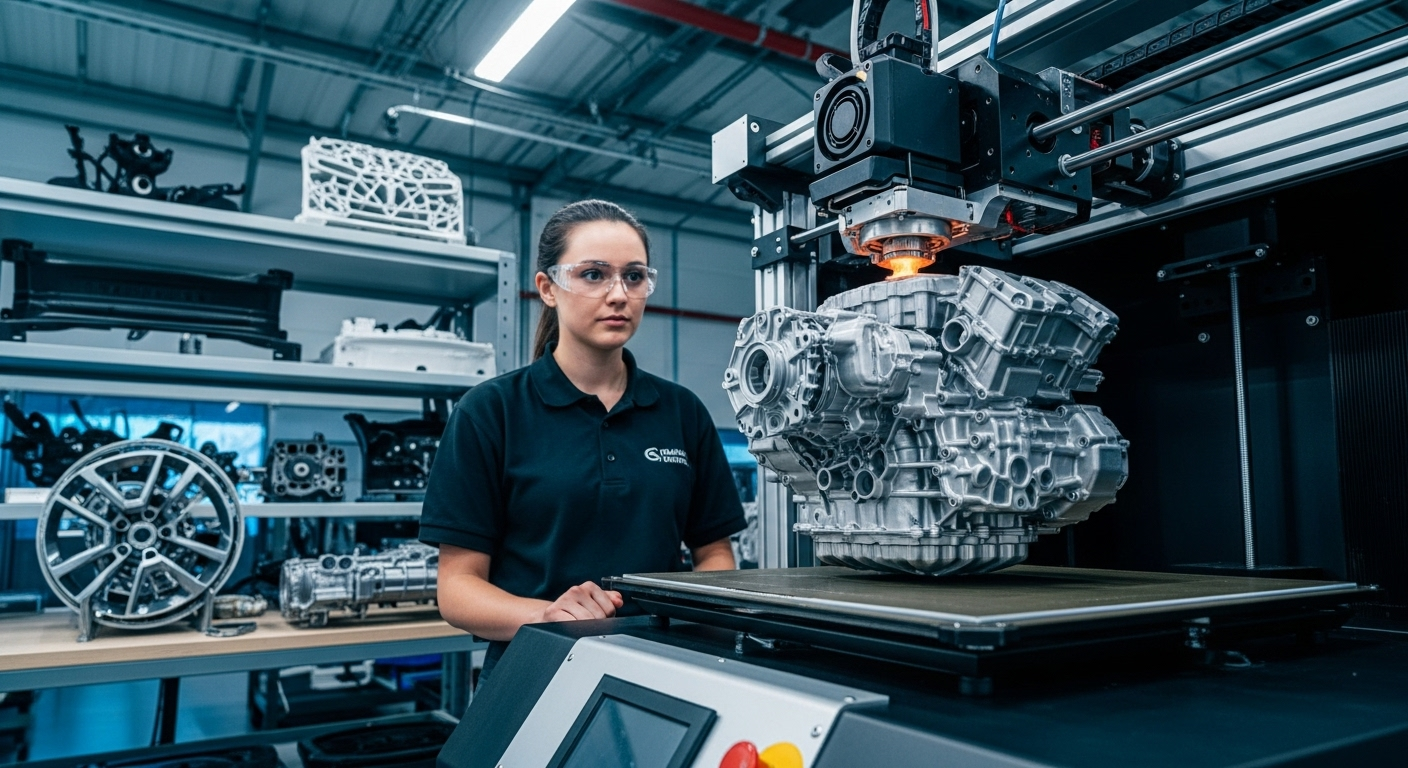Innovative Liquid-Based Cooling Systems for Industrial Machinery
Revolutionizing thermal management in heavy manufacturing through advanced fluid dynamics In the realm of industrial operations, efficient thermal management is crucial for maintaining productivity, extending equipment lifespan, and ensuring worker safety. Traditional air-based cooling systems have long been the standard, but as manufacturing processes become more intense and energy-dense, a new frontier in cooling technology is emerging: innovative liquid-based cooling systems. These advanced solutions are transforming how industrial machinery manages heat, offering unprecedented efficiency and performance in even the most demanding environments.

Understanding Liquid-Based Cooling Technology
Liquid-based cooling systems leverage the superior heat transfer properties of fluids to manage thermal loads more effectively than air-based alternatives. These systems circulate a coolant—typically a specialized fluid with high thermal conductivity—through pipes or channels integrated into machinery. As the coolant absorbs heat from the equipment, it’s pumped to a heat exchanger where the thermal energy is dissipated, and the cooled fluid is recirculated back to the machinery.
Advantages Over Traditional Cooling Methods
The shift towards liquid-based cooling in industrial settings offers numerous benefits. Firstly, liquids can absorb and transfer heat much more efficiently than air, allowing for more precise temperature control and faster heat dissipation. This improved thermal management leads to increased equipment reliability, reduced energy consumption, and the ability to operate machinery at higher intensities without the risk of overheating.
Moreover, liquid-based systems are often more compact than their air-based counterparts, freeing up valuable floor space in manufacturing facilities. They also tend to operate more quietly, contributing to a better working environment for employees. The closed-loop nature of these systems also means they’re less susceptible to contamination from airborne particles, a significant advantage in industries where cleanliness is paramount.
Innovative Applications in Manufacturing
The versatility of liquid-based cooling systems has led to their adoption across various manufacturing sectors. In metalworking, for instance, these systems are being used to cool high-speed cutting tools, allowing for faster machining processes and improved surface finishes. The plastics industry is leveraging liquid cooling to maintain precise mold temperatures, resulting in higher quality products and reduced cycle times.
One particularly exciting application is in the field of additive manufacturing. As 3D printing technologies advance to produce larger and more complex parts, liquid cooling systems are being integrated into printers to manage the intense heat generated during the build process. This enables the creation of parts that were previously impossible due to thermal constraints, opening new possibilities in sectors like aerospace and automotive manufacturing.
Overcoming Implementation Challenges
While the benefits of liquid-based cooling are clear, implementing these systems in existing manufacturing facilities can present challenges. The initial investment cost can be significant, and retrofitting older machinery may require substantial modifications. Additionally, there’s a learning curve associated with maintaining and operating these more complex systems.
To address these challenges, many cooling system manufacturers are offering modular solutions that can be more easily integrated into existing setups. They’re also providing comprehensive training programs and support services to ensure smooth adoption and operation. As the technology matures and becomes more widespread, costs are expected to decrease, making liquid-based cooling more accessible to a broader range of manufacturers.
Future Trends and Innovations
The field of liquid-based cooling for industrial machinery continues to evolve rapidly. Researchers are exploring the use of nanofluids—liquids containing suspended nanoparticles—to further enhance heat transfer efficiency. Another promising area is the development of smart cooling systems that use sensors and artificial intelligence to optimize cooling in real-time, adjusting to changing thermal loads and environmental conditions.
There’s also growing interest in integrating liquid cooling systems with heat recovery technologies. This approach not only manages excess heat but also repurposes it for other industrial processes or even for heating office spaces, contributing to overall energy efficiency and sustainability goals.
Key Considerations for Implementing Liquid-Based Cooling
• Conduct a comprehensive thermal analysis of your current manufacturing processes to identify areas where liquid cooling could have the most significant impact.
• Consider the total cost of ownership, including initial investment, operational costs, and potential energy savings over time.
• Evaluate the compatibility of liquid cooling systems with your existing machinery and facility infrastructure.
• Invest in proper training for maintenance staff to ensure optimal system performance and longevity.
• Explore options for gradual implementation, starting with critical or high-heat areas before expanding to full facility coverage.
As industrial processes continue to push the boundaries of performance and efficiency, innovative liquid-based cooling systems are emerging as a critical enabler of progress. By providing superior thermal management, these technologies are allowing manufacturers to overcome longstanding limitations, improve productivity, and drive innovation across various sectors. As adoption grows and the technology continues to advance, liquid-based cooling is poised to become a cornerstone of modern industrial operations, shaping the future of manufacturing in profound ways.





